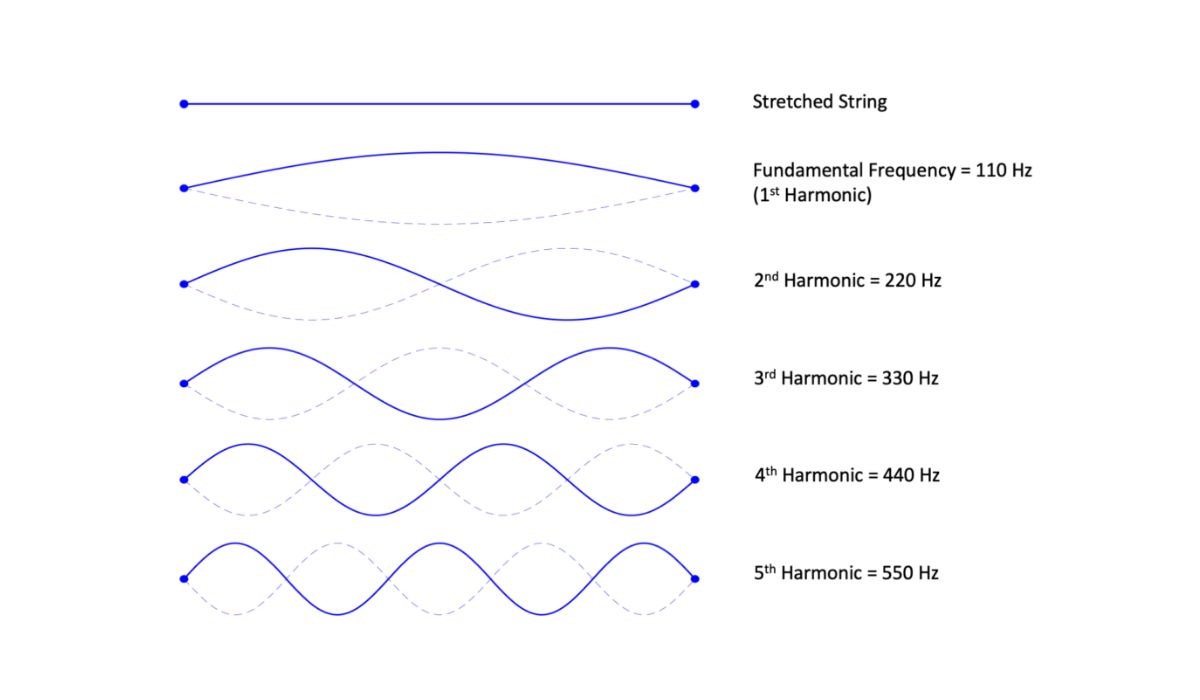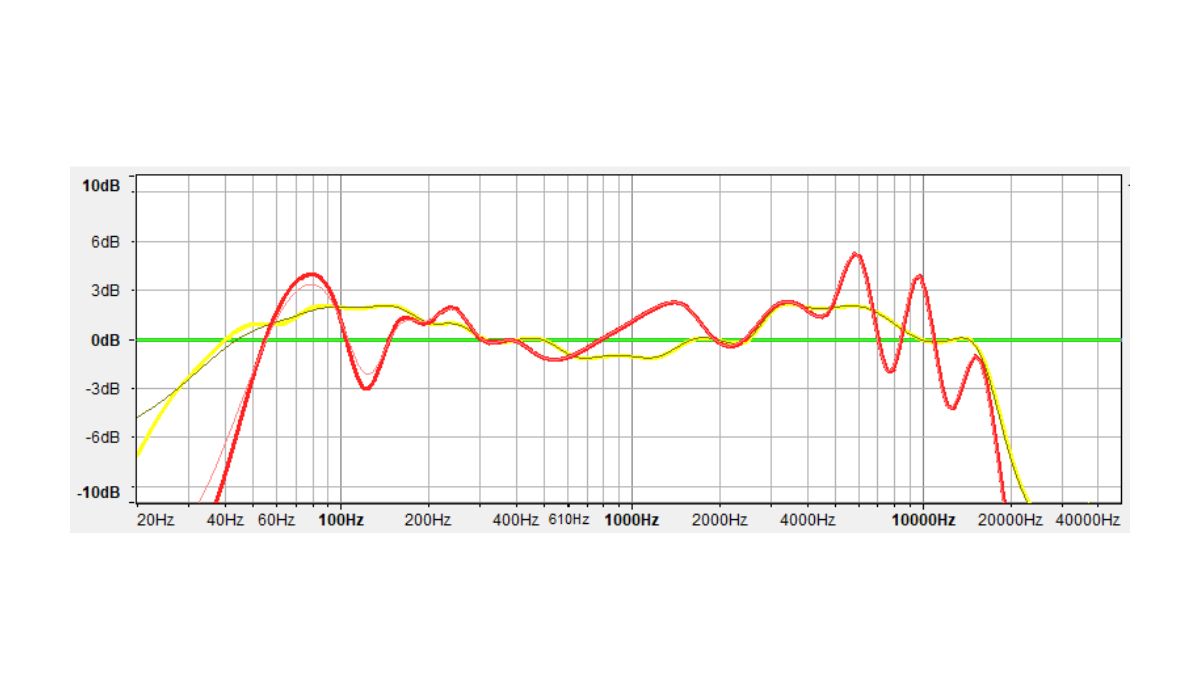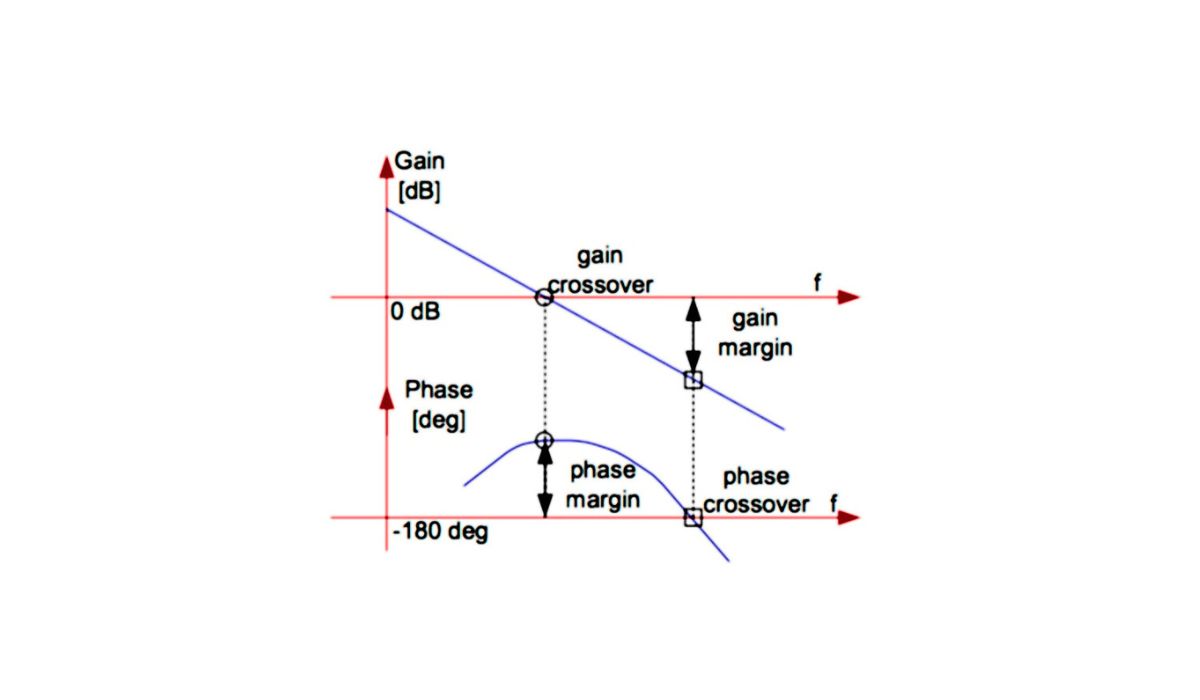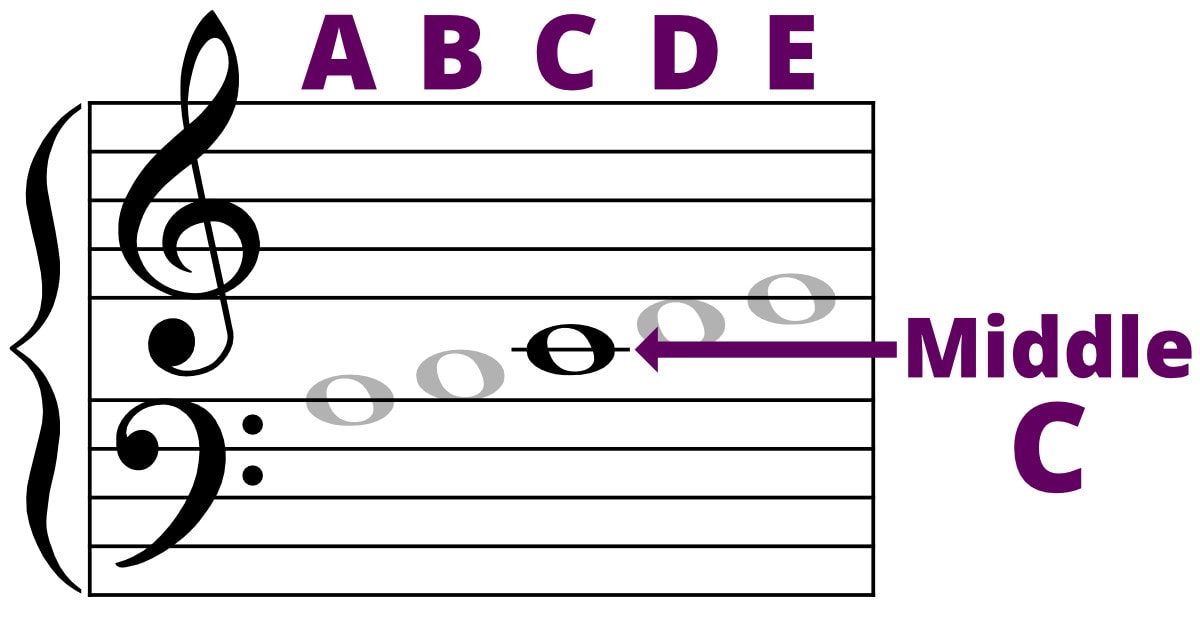Home>Events & Info>Frequency>What Frequency Is FM Radio
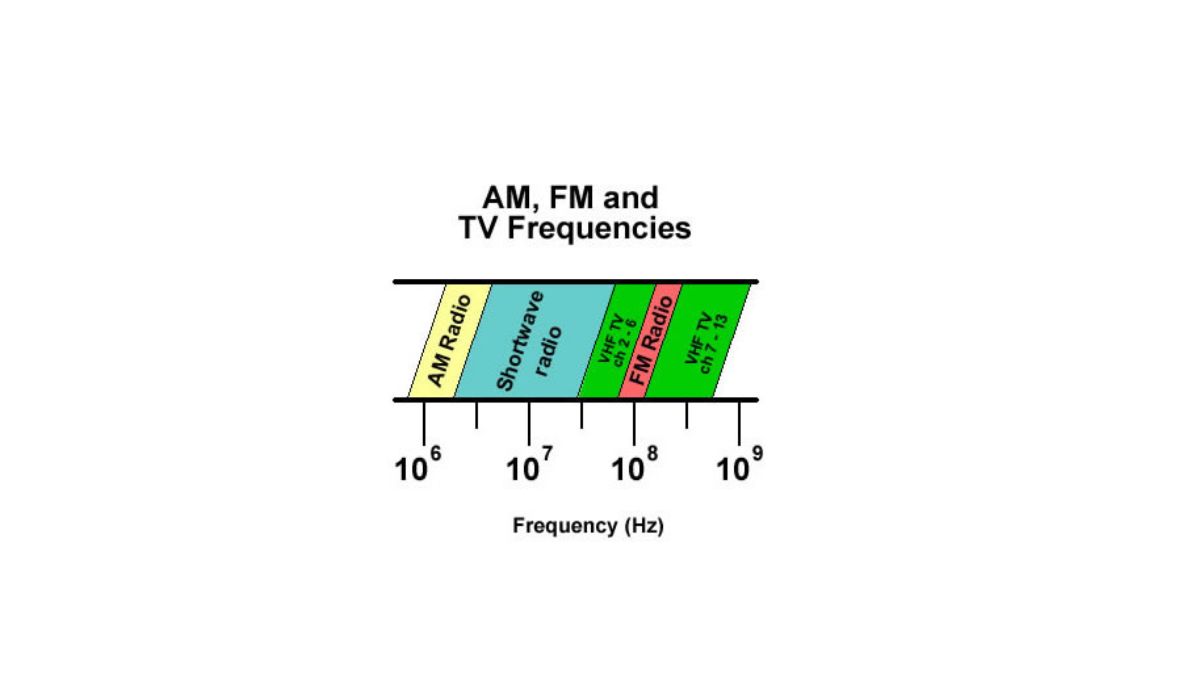

Frequency
What Frequency Is FM Radio
Published: February 18, 2024
Discover the frequency of FM radio and how it impacts your listening experience. Learn about the range and characteristics of FM radio frequencies. Find out more!
(Many of the links in this article redirect to a specific reviewed product. Your purchase of these products through affiliate links helps to generate commission for AudioLover.com, at no extra cost. Learn more)
Table of Contents
Introduction
Understanding Frequency in Radio
Radio waves are a fundamental aspect of modern communication, serving as the backbone for various technologies, including FM (Frequency Modulation) radio. Understanding the concept of frequency is pivotal in comprehending the functionality of FM radio and its role in transmitting audio signals. In this article, we will delve into the intricacies of frequency in the context of FM radio, exploring its significance and shedding light on how it influences the transmission and reception of radio signals.
Frequency, in the context of radio waves, refers to the number of oscillations or cycles of a wave that occur in a second. This measurement is typically expressed in hertz (Hz), where one hertz equals one cycle per second. The frequency of a radio wave determines its properties, including its wavelength and the manner in which it interacts with various mediums and devices.
The concept of frequency is pivotal in the realm of radio communication, as it directly influences the transmission and reception of signals. In the case of FM radio, understanding the specific frequency range utilized for broadcasting is essential for both broadcasters and listeners. Moreover, comprehending how frequency modulation operates is crucial in grasping the mechanics of FM radio and its ability to deliver high-quality audio content to audiences worldwide.
In the subsequent sections, we will explore the intricacies of FM radio, delving into its frequency range, operational mechanisms, and the underlying technology that enables it to function seamlessly. By gaining a deeper understanding of these elements, readers will develop a comprehensive knowledge of FM radio and the pivotal role that frequency plays in its operation.
Understanding Frequency in Radio
Frequency is a fundamental concept in the realm of radio waves, playing a pivotal role in the transmission and reception of signals. In the context of radio communication, frequency refers to the number of oscillations or cycles of a wave that occur in a second. This measurement is typically expressed in hertz (Hz), where one hertz equals one cycle per second. The frequency of a radio wave determines its properties, including its wavelength and the manner in which it interacts with various mediums and devices.
Radio waves with higher frequencies have shorter wavelengths, while those with lower frequencies have longer wavelengths. These wavelengths directly impact the propagation and behavior of radio waves, influencing factors such as signal range and penetration through obstacles. Understanding the relationship between frequency and wavelength is crucial in the design and implementation of radio communication systems, as it enables engineers to optimize signal coverage and reliability.
Frequency modulation (FM) is a widely utilized technique in radio transmission, particularly in the context of FM radio broadcasting. FM radio operates within a specific frequency band, utilizing frequency modulation to encode audio signals onto radio waves. This process involves varying the frequency of the carrier wave in accordance with the audio signal, allowing for the faithful reproduction of sound at the receiver’s end. The use of frequency modulation enables FM radio to deliver high-fidelity audio with minimal interference, making it a popular choice for music and voice broadcasts.
Understanding the intricacies of frequency modulation is essential for radio engineers and enthusiasts, as it provides insights into the mechanisms that underpin FM radio transmission. By manipulating the frequency of the carrier wave in a controlled manner, FM radio achieves efficient signal transmission and robust resistance to noise and interference, resulting in clear and consistent audio playback for listeners.
As we continue to explore the world of FM radio, it is imperative to grasp the significance of frequency in shaping the landscape of radio communication. The next section will delve into the specifics of FM radio, shedding light on its operational principles and the frequency range within which it operates.
What Is FM Radio?
FM radio, short for Frequency Modulation radio, is a popular broadcasting technology that leverages frequency modulation to transmit audio signals over the airwaves. Unlike its counterpart, AM (Amplitude Modulation) radio, which modulates the amplitude of the carrier wave, FM radio encodes audio information by varying the frequency of the carrier wave. This method of modulation enables FM radio to deliver high-fidelity sound reproduction with minimal interference, making it a preferred choice for music and voice broadcasts.
FM radio stations are a ubiquitous presence in the modern media landscape, offering a diverse array of content ranging from music and news to talk shows and cultural programming. The widespread adoption of FM radio can be attributed to its ability to provide clear and consistent audio playback, even in environments with high levels of electromagnetic interference. This resilience to noise and distortion makes FM radio an ideal platform for delivering high-quality audio content to listeners across diverse geographical regions.
One of the distinguishing features of FM radio is its capacity to offer stereo sound, enhancing the listening experience for audiences. By utilizing multiplexing techniques, FM radio stations can transmit two separate audio channels within the same frequency band, allowing listeners to enjoy immersive stereo sound reproduction. This capability has cemented FM radio’s position as a primary medium for music enthusiasts and audiophiles seeking an enriched audio experience.
Furthermore, FM radio has played a pivotal role in supporting local communities and fostering cultural exchange. Through the broadcast of localized content, including regional music, news, and community updates, FM radio stations serve as vital conduits for preserving and promoting cultural heritage. Additionally, the accessibility of FM radio receivers in vehicles and portable devices has contributed to its widespread use as a source of entertainment and information for people on the go.
As we delve deeper into the realm of FM radio, it becomes evident that this broadcasting technology has significantly shaped the way audio content is disseminated and consumed. The subsequent section will shed light on the frequency range within which FM radio operates, providing insights into the technical aspects of FM radio transmission.
Frequency Range of FM Radio
FM radio operates within a specific frequency band allocated for broadcasting audio signals. In most regions, the frequency range designated for FM radio transmission spans from 87.5 to 108.0 megahertz (MHz). This range is divided into individual channels, each with a designated frequency that allows FM radio stations to deliver their content without interfering with neighboring stations.
The allocation of frequency bands for FM radio is a meticulously regulated process overseen by national telecommunications authorities to ensure efficient spectrum utilization and minimize interference between radio stations. By adhering to standardized frequency assignments, FM radio broadcasters can coexist within the allocated spectrum, enabling diverse programming to reach audiences without signal overlap or degradation.
Within the designated frequency range, FM radio stations are assigned specific frequencies, often referred to as dial positions, which listeners use to tune into their desired stations. The separation between individual frequencies, known as channel spacing, varies across different regions and is carefully managed to prevent signal overlap and maintain signal integrity. This meticulous allocation of frequency channels allows for the coexistence of numerous FM radio stations within a given geographical area, offering listeners a wide selection of programming options.
Furthermore, the frequency range of FM radio is engineered to provide optimal coverage and signal propagation, ensuring that audio content can be reliably received by listeners across varying terrains and urban landscapes. The characteristics of FM radio waves, including their ability to penetrate obstacles and deliver consistent sound quality, contribute to the widespread adoption of FM radio as a primary medium for audio broadcasting.
Understanding the specific frequency range within which FM radio operates is crucial for both broadcasters and listeners, as it facilitates the seamless transmission and reception of audio content. The next section will delve into the operational principles of FM radio, shedding light on how frequency modulation enables the faithful reproduction of audio signals over the airwaves.
How FM Radio Works
FM radio operates on the principle of frequency modulation, a technique that encodes audio signals onto radio waves by varying the frequency of the carrier wave. This modulation process is instrumental in ensuring the faithful reproduction of audio content, making FM radio a popular choice for high-fidelity music and voice broadcasts.
At the heart of FM radio transmission lies the carrier wave, a continuous sinusoidal waveform that serves as the medium for conveying audio information. When an audio signal is introduced for transmission, the frequency of the carrier wave is modulated in accordance with the variations in the audio signal’s amplitude. This modulation results in a deviation of the carrier wave’s frequency, with the extent of deviation being directly proportional to the amplitude of the audio signal at any given moment.
By employing frequency modulation, FM radio achieves several key advantages, including resistance to amplitude-based interference and the ability to deliver stereo sound. Unlike AM radio, which modulates the amplitude of the carrier wave and is susceptible to amplitude-based noise and distortion, FM radio maintains consistent audio quality even in the presence of electromagnetic interference. This resilience to noise makes FM radio an ideal platform for broadcasting music and other audio content with minimal degradation in sound quality.
Moreover, FM radio’s capability to deliver stereo sound is made possible through multiplexing, a process that allows two separate audio channels to be transmitted within the same frequency band. This enables listeners to experience immersive stereo sound reproduction, enhancing the overall audio experience and catering to the preferences of music enthusiasts and audiophiles.
Listeners access FM radio stations by tuning their receivers to the specific frequencies assigned to each station within the designated frequency range. This tuning process involves selecting the desired frequency, which corresponds to the dial position of the intended station, and the receiver then decodes the modulated carrier wave to retrieve the original audio signal, which is subsequently amplified and played through the speakers.
As technology continues to evolve, digital advancements have expanded the capabilities of FM radio, offering features such as RDS (Radio Data System) for transmitting additional information alongside audio content and enhancing the overall listening experience for audiences.
By understanding the operational principles of FM radio, including the intricacies of frequency modulation and its impact on audio transmission, individuals can gain a deeper appreciation for the technology that underpins this ubiquitous medium of communication.
Conclusion
As we conclude our exploration of FM radio and its relationship to frequency, it becomes evident that this broadcasting technology has significantly shaped the landscape of audio communication. The concept of frequency, with its influence on signal propagation and modulation, lies at the core of FM radio’s operational principles, enabling the faithful transmission of high-quality audio content to audiences worldwide.
FM radio, leveraging frequency modulation, has emerged as a reliable and resilient platform for broadcasting music, news, and cultural programming, offering listeners a diverse array of content with clear and consistent audio playback. The specific frequency range allocated for FM radio transmission, meticulously regulated to minimize interference and optimize spectrum utilization, provides a home for numerous radio stations, catering to the varied preferences of audiences while fostering cultural exchange and community engagement.
Furthermore, the technical intricacies of FM radio, including the capacity for stereo sound reproduction and resistance to electromagnetic interference, underscore its enduring relevance in an era marked by technological advancements. The evolution of FM radio, coupled with digital enhancements such as RDS, continues to enrich the listening experience, ensuring that this time-honored medium remains a cornerstone of audio communication.
By understanding the interplay between frequency and FM radio, individuals gain insights into the mechanisms that underpin this ubiquitous form of communication, fostering a deeper appreciation for the technology that accompanies their daily listening experiences. As we look to the future, the enduring appeal and adaptability of FM radio serve as a testament to its enduring relevance in a dynamic media landscape, offering a timeless platform for the dissemination of audio content and the celebration of cultural diversity.
In essence, the synergy between frequency and FM radio exemplifies the harmonious blend of technical innovation and human expression, encapsulating the power of audio communication to transcend boundaries and resonate with audiences across the airwaves.

